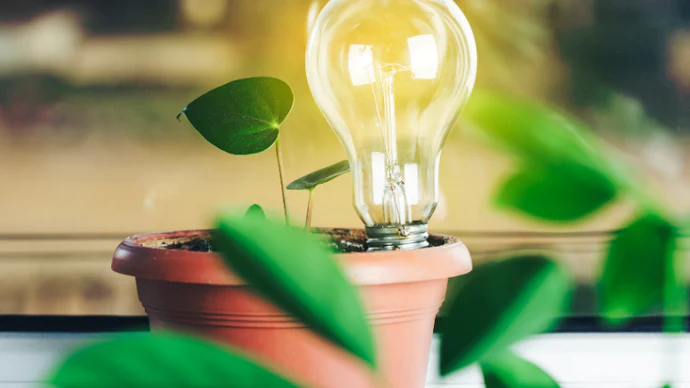Proper lighting plays a crucial role in the growth and development of indoor plants. LED grow lights have gained popularity among indoor gardeners due to their energy efficiency and customizable light spectrum. To ensure successful plant growth, it is essential to determine the right LED wattage per plant, which maximizes photosynthesis and provides the optimal light intensity.
Factors Affecting LED Wattage Requirement
Several factors influence the LED wattage required for your plants:
1. Plant Species and Growth Stage
Different plants have varying light requirements during different growth stages. Some plants, like leafy greens, thrive with lower light intensity, while fruiting plants need higher power.
2. Desired Light Intensity
The number of light plants required depends on their specific light requirements. Some plants need high light intensity, while others thrive with moderate or low power.
3. Light Distribution and Coverage Area
Ensure the LED grow lights adequately cover the entire plant canopy to provide uniform light distribution. The size and the number of plants in your indoor garden also affect the wattage requirement.
4. Supplemental Lighting Considerations
Assess the available natural light and supplement it with LED grow lights as needed. Supplemental lighting is crucial for areas with little natural light or during the winter months.
Calculating LED Wattage per Plant
Follow these steps to determine the optimal LED wattage per plant for your indoor garden:
Step 1: Determine the Light Requirements of Your Plants
- Research the specific light needs of the plants you are growing. Consult plant care guides or reliable sources to understand their preferred light intensity and duration.
- Different plants have different requirements for the hours of light they need per day. For example, some plants thrive with 12-14 hours of light, while others may require up to 18 hours.
Step 2: Assess the Coverage Area and Number of Plants
- Measure the size of your indoor garden and determine the coverage area that needs to be illuminated by the LED grow lights.
- Consider the number of plants you have and their arrangement within the garden space.
- Consider the height of your plants and ensure that the light can reach every space of the plants effectively.
Step 3: Calculate the Total Wattage Required
- Once you have the light requirements of your plants and the coverage area, you can calculate the total wattage needed.
- Multiply the square footage of the coverage area by the recommended wattage per square foot for your specific plant species.
- For example, if your coverage area is 4 square feet and the recommended wattage is 25 watts per square foot, the total wattage required would be 4 x 25 = 100 watts.
Step 4: Adjust for Light Distribution and Efficiency
- LED grow lights have varying light distribution patterns. Consider the angle and spread of the light emitted by the fixtures.
- Adjust the total wattage by factoring in the light distribution to ensure that all plants receive sufficient light.
- Take into account the efficiency of the LED grow lights. Some lights may have higher efficiency and require fewer watts to achieve the desired light intensity.
Tips for Optimizing LED Wattage per Plant
1. Use Light Meters for Accurate Measurements
- Light meters can help you accurately measure the intensity of light reaching your plants. Place the light meter at the same height as your plants to get precise readings.
- Regularly monitor the light intensity and adjust the LED wattage if needed to maintain optimal levels for your plants.
2. Consider Adjustable LED Grow Lights
- Opt for LED grow lights that offer adjustable wattage or intensity settings. This flexibility allows you to fine-tune the lighting conditions based on the growth stage of your plants.
- Adjust the wattage as your plants grow or change their position within the indoor garden to ensure they receive the right light.
3. Monitor Plant Response and Adjust Accordingly
- Observe how your plants respond to the LED grow lights. Healthy plants will exhibit vigorous growth and vibrant foliage.
- If you notice signs of light stress, such as leaf burn or stretching, reduce the wattage or adjust the light distance to prevent damage.
- Conversely, if your plants appear leggy or grow slowly, consider increasing the wattage or adjusting the light position for better light penetration.
Conclusion
Determining the appropriate LED wattage per plant is vital for successful indoor gardening. You can calculate the optimal wattage required by considering factors such as plant species, growth stage, light intensity, coverage area, and supplemental lighting. Regular monitoring and adjustments based on plant response will ensure your plants receive the ideal light conditions for healthy growth and development.


